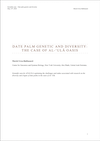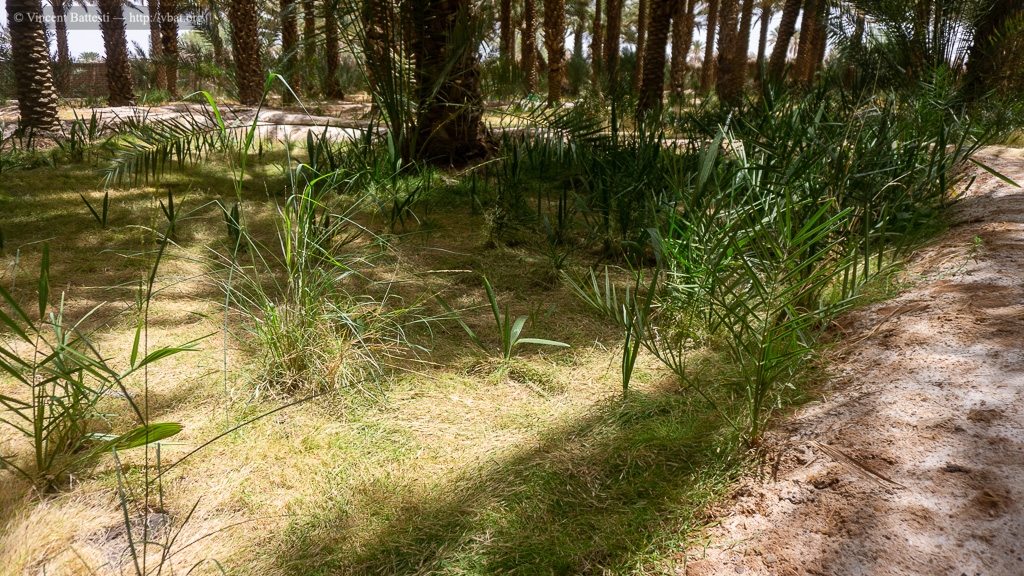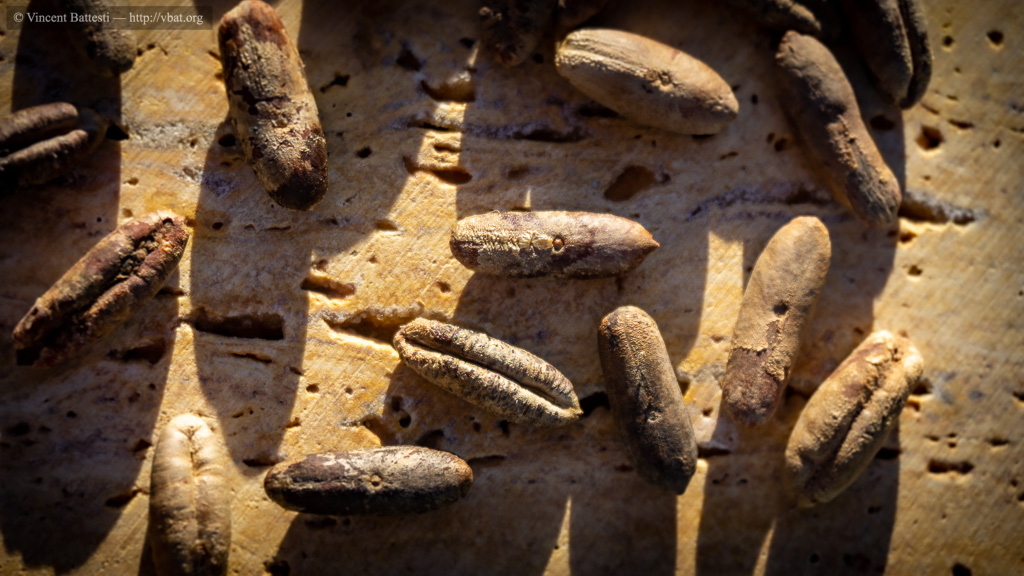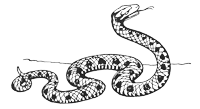Date palm genetic and diversity: The case of al-‘Ulā oasis
Report (2020)

Production of a report for Afalula (French Agency for the Development of al-Ula):
Muriel Gros-Balthazard
Date palm genetic and diversity: The case of al-‘Ulā oasis. Scientific and synthesis note
AFALULA, Paris, 22 p.
May 15th 2020
[For an Oasis Museum project at al-‘Ulā.]

\confidential report\
– Abstract:
Scientific note for AFALULA explaining the challenges and stakes associated with research on the diversity and origins of date palms in the oasis of al-‘Ulā.
The Kingdom of Saudi Arabia is among the largest date producer worldwide, producing nearly 1 million tonne each year (FAOstat, 2017). In the Northwest of the country, al-‘Ulā is mainly an agricultural terroir, where date palms (Phoenix dactylifera L.) are an essential part for the community, in the economy and in the landscape.
The date palm is the keystone species of oasian agrosystem, a complex man-made system. It not only provides a valuable and abundant fruit, rich in sugar and vitamins, but also many other useful products. The stem and the woody midribs of the leaves can be used for construction works and fuel. Whole palm fronds are used for covering roofs or for the construction of huts. The leaflets are transformed into basketry, matting and cordage and the rough fibers surrounding the leaf bases (fibrillum) are useful for making ropes and baskets as well as for packaging and padding.
Besides, date palms have a key role in shaping of a local environment that is favorable, and sometimes essential, to the cultivation of other species. Indeed, the traditional date palm grove can host a wide array of crops that are organized horizontally, according to several layers. The uppermost level consists of date palms that can grow up to 20 m high and provide shade to lower growing plants by their large fronds. The second layer is constituted by fruit trees such as pomegranate or banana, and the lowest layer is made of cereals or legumes, for instance. Nonetheless, during the twentieth century, many “modern” palmgroves have been established according to a different pattern: date palms are the only crop, with often a single “elite” cultivar, and they are planted according to a grid, in opposition to traditional gardens. Rather than two separate categories of gardens, we observe a gradient between the “traditional” and the “modern” palmgroves. In al-‘Ulā, one can see traditional garden co-existing with modern ones.

- Accidental seedlings of Phoenix dactylifera L. in the palm grove of Muɣeyra / Žabāna, nearby the oasis of al-‘Ulā, KSA, April 28th, 2020, by Vincent Battesti

- Heap of date palm (Phoenix dactylifera L.) seeds mainly of the named type Barnī from al-‘Ulā palm gardens, KSA, April 29th, 2020, by Vincent Battesti


 vbat.org
vbat.org


